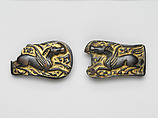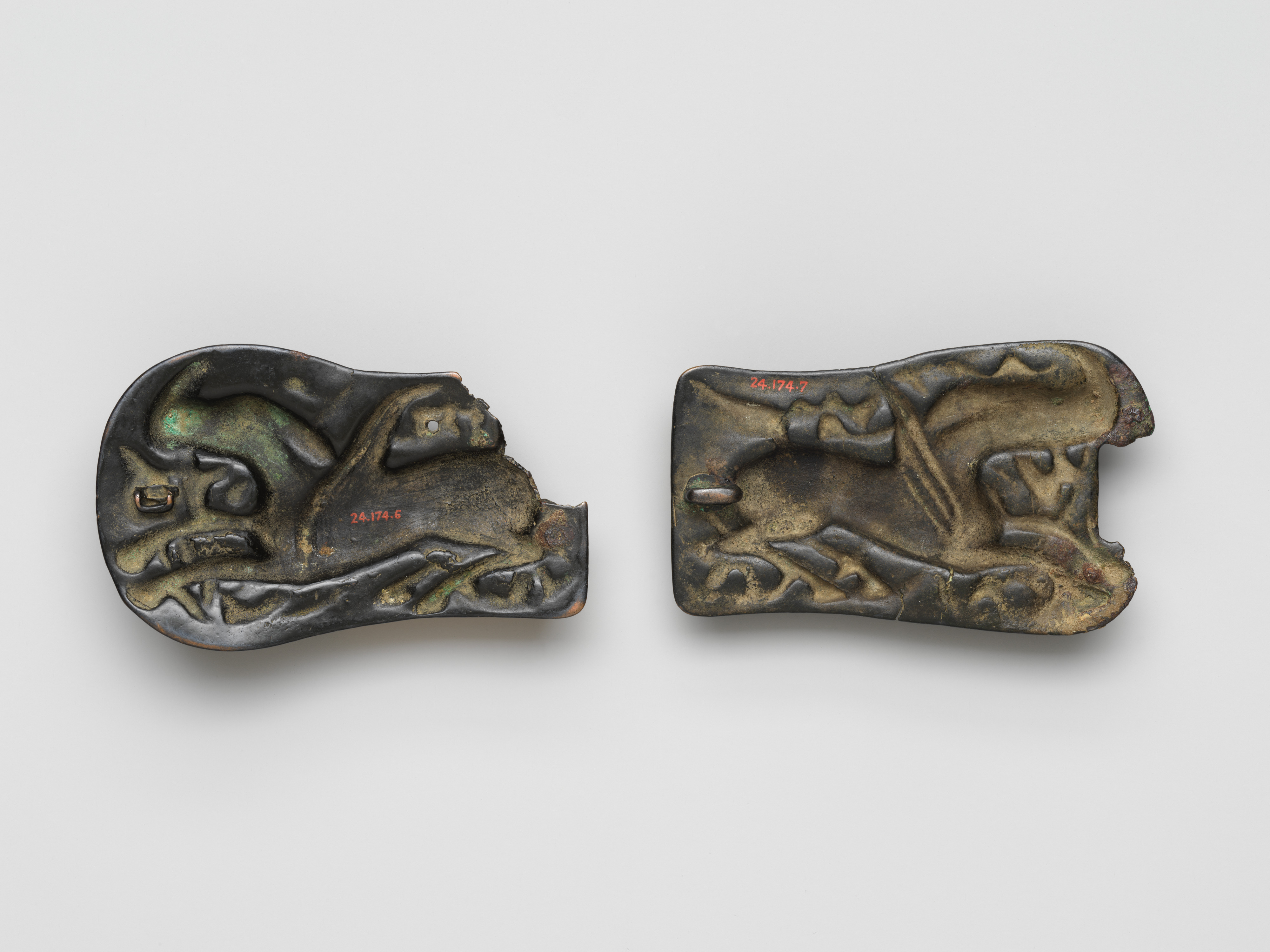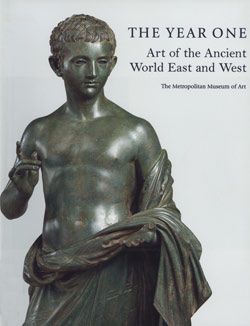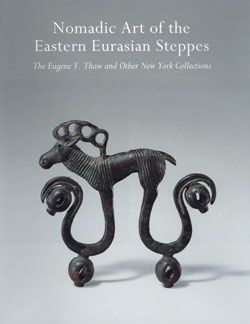Pair of Belt Plaques with Winged Horses
Made by Unidentified artist
Not on view
Unlike the ornaments favored by the Xiongnu, few plaques or other adornments used by the Xianbei are known. Gilt plaques embellished with images of flying horses similar to these have been excavated at sites on the Manchurian plain in northeast China; however, it is rare for a pair with facing horses to survive.
The name Xianbei refers to a confederation of tribes that spoke different languages and came from varying regions. Originally part of the Xiongnu empire, the Xianbei broke away and resumed control of their lands in the mid-first century B.C. From that time until the sixth century A.D., they played a complicated role in Central Asian and Chinese history. The Xianbei ruled many of the small states that vied for control of North China from the third to the mid-fifth century. The Tuoba, a subsidiary branch of the eastern Xianbei, established the powerful Northern Wei dynasty that ruled North China from the mid-fourth to the mid-sixth century.
The first chapter of the Wei Shu (History of the Wei), written in the mid-sixth century by the Chinese historian Wei Shou, preserves most of what little is known about the Tuoba prior to the establishment of the Northern Wei dynasty (386–534). According to this source, a mysterious animal spirit that was shaped like a horse and bellowed like an ox led the Tuoba south on the perilous journey from their homeland in Heilongjiang Province (in the far northeast of China) over the Daxing'an Range and into the Inner Mongolian plain. It is possible that the winged horses on this pair of plaques illustrate the legendary event.
Due to rights restrictions, this image cannot be enlarged, viewed at full screen, or downloaded.
This artwork is meant to be viewed from right to left. Scroll left to view more.





